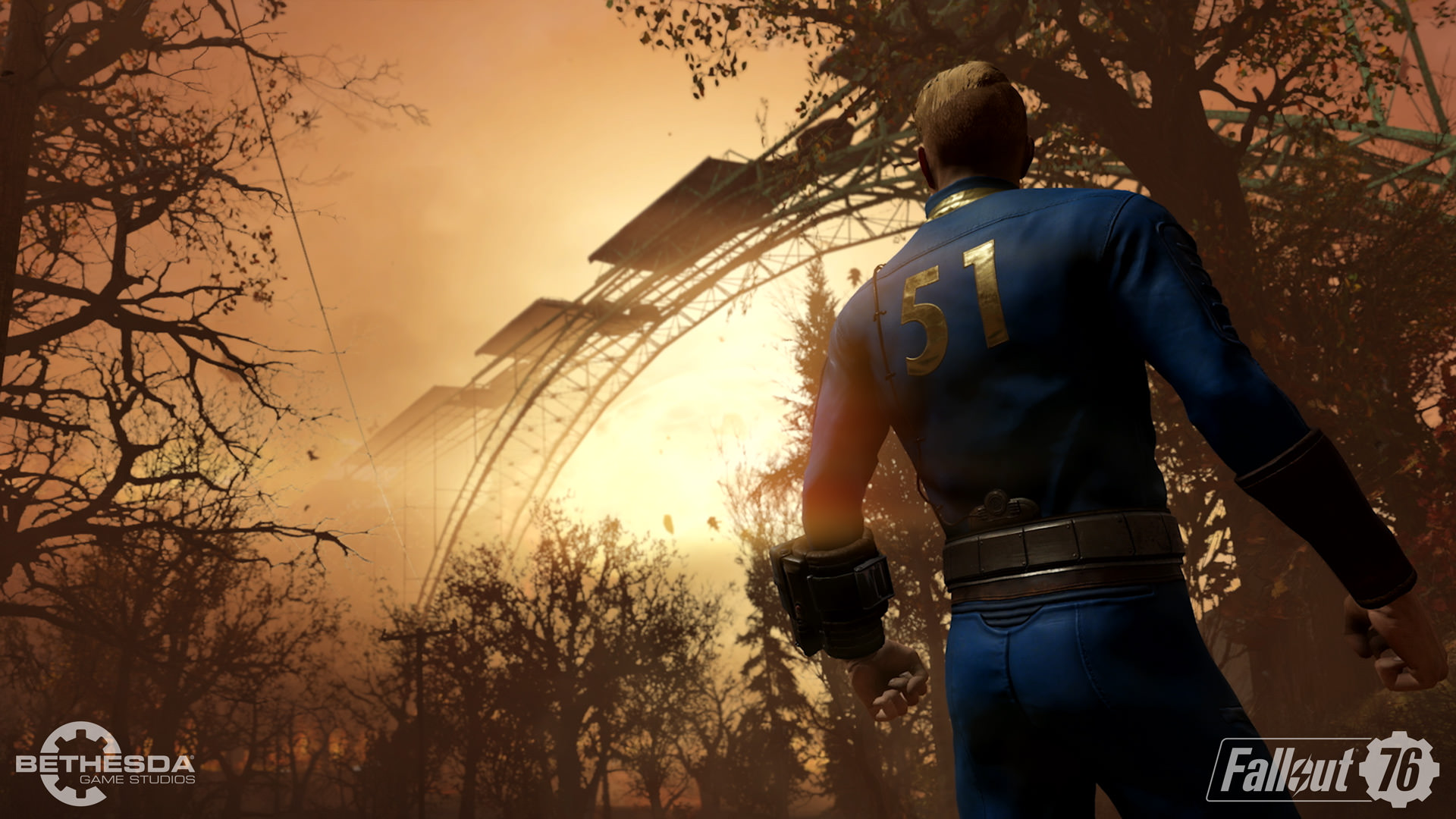

That negated the need for so many bombs to obliterate a target. Second, both sides learned to hit targets with extreme precision. First, Russia and the US signed a slew of treaties from the 1970s onward to reduce and cap parts of their nuclear programs. Having the ability to attack any major city or strategic military position with a massive bomb, the thinking went, would make the cost of war so high that no one would want to fight.īut two developments in particular led to the precipitous drop, Alex Wellerstein, a nuclear historian at the Stevens Institute of Technology, told me. They currently possess 93 percent of all nuclear weapons, with Moscow holding 6,850 and Washington another 6,450 (which is smaller than the 40,000 that Russia, then known as the Soviet Union, had in the 1980s and the roughly 30,000 the US had in the mid-1960s through mid-70s).ĭuring the Cold War, each side built up its arsenal in a bid to protect itself from the other.

Two countries account for the rise and fall in the global nuclear stockpile: Russia and the United States. That’s down from the peak of about 70,300 in 1986, according to an estimate by Hans Kristensen and Robert Norris of the Federation of American Scientists. Today, only nine countries own the entirety of the roughly 14,500 nuclear weapons on Earth. A nuclear bomb-seeking country is typically vulnerable to attack. The proliferation process is also risky, MIT nuclear expert Vipin Narang told me, because seeking a nuke makes a country a potential target. Not every government can afford them because nukes take billions of dollars to build, maintain, and launch properly. Nations typically want nuclear weapons for two reasons: self-defense - why would anyone attack a country that could respond with the world’s most destructive bombs? - and global prestige. Two countries have nearly all the world’s nuclear weapons Hiroshima, Japan, after the dropping of the atom bomb, in August 1945.
#COLONY SURVIVAL GAME NUCLEAR WINTER SERIES#
What’s more, that first strike could trigger a series of events, leading to a widespread famine caused by a rapidly cooling climate that could potentially end civilization as we know it.īelow, then, is a guide to who has nuclear weapons, how they might be used, where they could drop in the future, what happens if they do - and if humanity could survive it. And the damage would be incalculable all it takes is just one strike to conceivably kill hundreds of thousands of people within minutes and perhaps millions more in the following days, weeks, and years. “The chance is not zero because nuclear weapons exist,” she says. So what is the risk of a nuclear war, really? After speaking with more than a dozen experts familiar with the horrors of nuclear conflict, the answer is that the chances are small - very small.īut that may not be too comforting, says Alexandra Bell, a nuclear expert at the Center for Arms Control and Non-Proliferation. Then presidential candidate Donald Trump attending a rally against the Iran Agreement at the Capitol on September 9, 2015.

In January, a poll showed about 52 percent of Americans - many of them Democrats - worried that the president would launch a nuclear attack without reason. President Donald Trump’s presence in the Oval Office has increased worries of a potential nuclear war. And the US and Russia - the world’s foremost nuclear powers - have had warheads pointed at each other since the earliest days of the Cold War. India and Pakistan, two nuclear-armed enemies, could restart their decades-long squabble at any time. Last year, it seemed a nuclear conflict between the US and North Korea was on the horizon. The widespread concern is understandable. A January 2018 World Economic Forum survey of 1,000 leaders from government, business, and other industries identified nuclear war as a top threat. “If I had to bet at least one nuclear weapon would be used in my lifetime,” says the 40-year-old Kroenig, “my bet would be yes.” When he asked that question again this spring, roughly 60 percent of his students raised their hands. That made sense, he told me, because in those days, “talking about nuclear war was like talking about dinosaurs - it’s just something from the past that won’t be something in our future.”īut the past couple of years have been different. He always asks the same question on the last day: How many of his students think they’ll see nuclear weapons used in their lifetime?įor many years, no more than one student would raise their hand. Matthew Kroenig has witnessed firsthand the growing fear that nuclear war is imminent.Ī professor at Georgetown University, he’s taught an undergraduate course on nuclear weapons and world politics for the past decade.


 0 kommentar(er)
0 kommentar(er)
